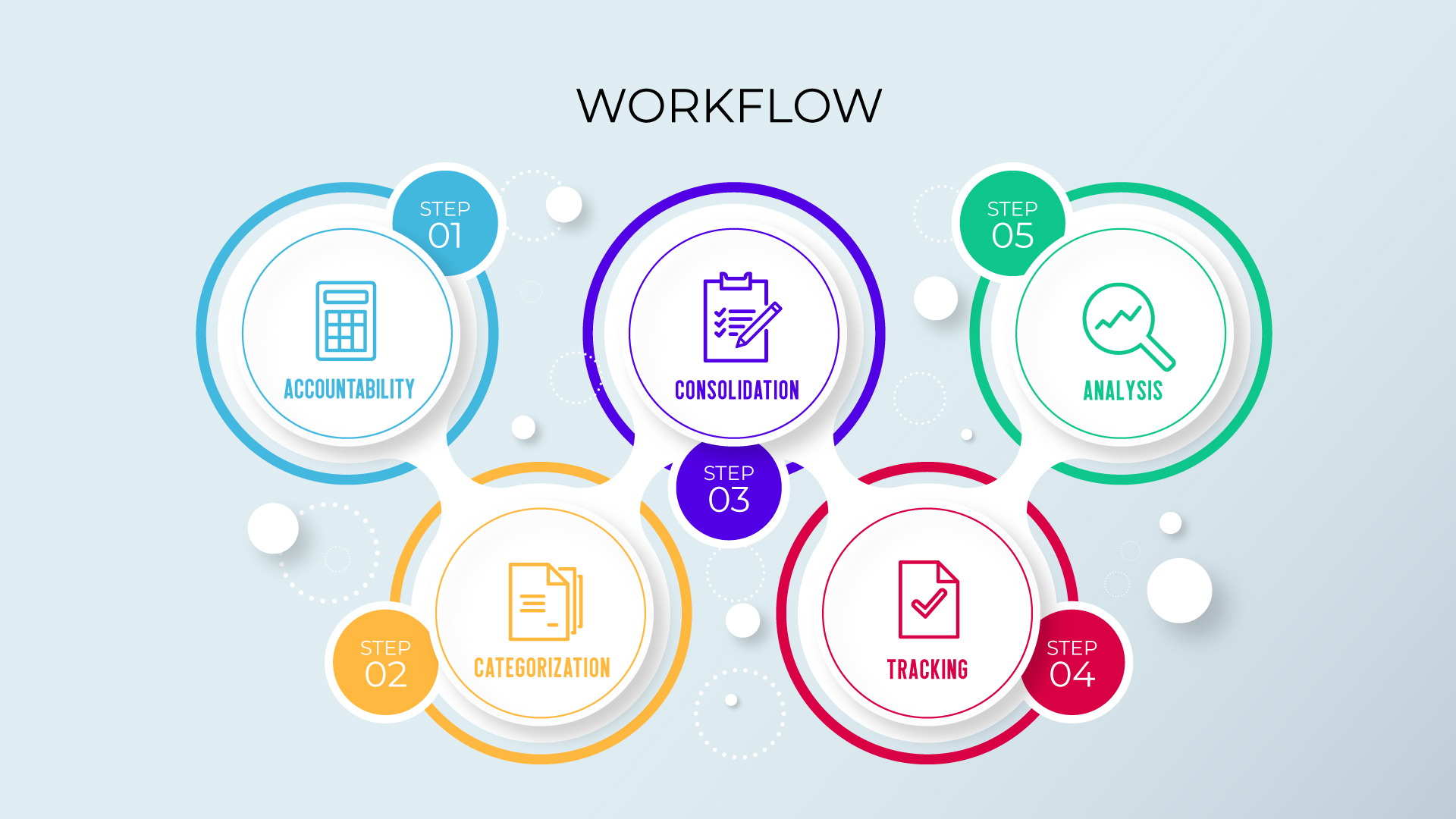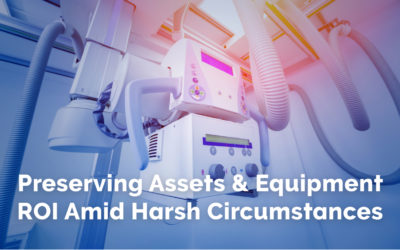Generally, once companies realize the benefits of CMMS systems, they are eager to make a change. After all, the right work order management system can help your company close cases faster, provide smarter self-service, personalize customer care, and deliver support everywhere.
When looking for the right work order management system for your organization, first, you must consider the technical aptitude of your employees and your industry’s adoption rate. Then, you must try out some options before you invest. To help you find the right method for you, read on for five elements of a successful work order system.
1. Accountability
The most crucial element of a successful work order system is accountability. If a work order system is unable to ensure accountability that a work request is going to be completed, then it is useless. On the other hand, a productive work order system covers the entire process from submission to fulfillment.
By establishing an effective work order system into your business, you will ensure that everyone involved can trust that when an order is placed, it is going to get done. This, in turn, minimizes related downtime and helps to keep communication flowing from start to finish.
2. Categorization
Valid for both products and services, work orders may be generated upon the request of a customer, or from within your firm. They also may arise after an inspection. Whatever the reason, your company needs a work order system that is appropriately designed to catalog these orders and to create action plans. While the level of technological sophistication varies widely among companies, what remains the same is that effective systems have some type of categorization.
Your system must have a well-defined set of categories, ensuring that it is easy for end-users to define what sort of work order is being made. Furthermore, your system also needs to be equipped to handle changes that are made. This element is of the utmost importance because inputting the correct category has a significant effect on the efficiency of the system.
3. Consolidation
Within your work order system, you also want to have it be an information hub where all related information is consolidated. This information may include detailed service records, warranty information, replacement lists, and more. Even today, too many businesses don’t have this vital information consolidated in a system.
Unfortunately, this means that they have to go and manually locate many of these variables before a work order can be approved. You don’t want to run your business like that. By upgrading your work order system, you can ensure that all necessary information is automatically presented whenever a relevant work order is made.
4. Tracking
For many businesses, one of the most transformative elements of a successful work order system is inventory tracking and management. This feature renders innovative methods for keeping track of parts and equipment.
Additionally, it eliminates the necessity for conducting manual inventory records before accepting a work order. This, in turn, ensures that users are informed immediately if their request includes a part or piece of equipment that is currently unavailable.
The best asset maintenance management software can also automatically generate purchase orders for merchandise that isn’t currently in stock. This enables all departments to be better equipped to handle the diversity of work orders that they make and receive.
5. Analysis
When your company utilizes software solutions, the opportunities for data collection are incredible. Therefore, you want to ensure that your work order system is providing you with as much relevant data as possible. By analyzing your firm’s work orders, you can visualize trends within your organization. This information can then be used to make all departments more proactive and prepared.
When it comes to analyzing data, your firm must choose KPIs that are relevant and of value to your organization. Look for ways in which you can harness the power that comes with this vast amount of data to produce detailed assessments related to the state of your work orders.
By ensuring that proper analysis of your KPIs is a part of your work order management system, your firm will enhance its customer satisfaction rates.
Final Thoughts
Aladdin is a cloud-based asset lifecycle management software system powered by Microsoft Azure. By implementing Aladdin into your business, you are granting yourself real-time visibility of all your fixed assets – no matter where they are located.
What’s more, Aladdin’s Web and mobile applications guarantee that you can recognize and address emergency maintenance issues right away while knowing that your planned and preventative maintenance is decreasing the overall cost of asset maintenance.
If you are interested in learning more about what SGE’s patented system can do for your business, reach out to one of our helpful and friendly agents today to get a full demonstration of Aladdin and its features.





0 Comments